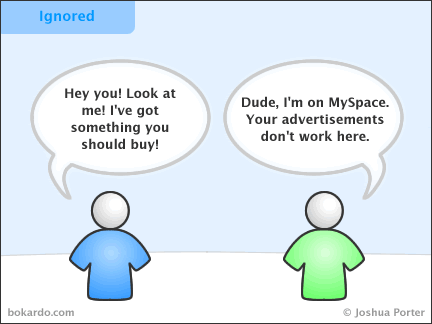Yvon Chouinard, founder of the outdoor clothing company Patagonia, on planning for the long-term:
‘I mean, there’s no way I could do a plan for this company and say, “What’s this place going to be like by 2020?” I have no idea. I just know that since we’re running out of petroleum, we better stop being dependent on making polyester underwear out of virgin petroleum.
And so that’s why we’ve teamed up with some Japanese companies to, basically by 2010, make all our clothing out of recycled and recyclable fibers. And we’re going to accept ownership of our products from birth to birth. So if you buy a jacket from us, or a shirt ,or a pair of pants, when you’re done with it, you can give it back to us and we’ll make more shirts and pants out of it.
Which is a different idea about consuming. Right now the world runs on consuming and discarding, and we’re saying that we’re taking responsibility for our products from birth to birth. Can you imagine if a computer company said, “When you’re done with your computer, we’ll buy it back from you and make more computers out of it.” Instead, they sell you computer and you can’t even get service from them!
It’s a different way of accepting responsibility.’
I’m a fan of Patagonia for this simple reason: they take responsibility for their actions on this planet. And, if you haven’t read or heard of Yvon’s book Let my people go surfing, it is a wonderful book unlike any business book you’ve ever read. (It’s full of stuff like the quote above).
While I’m just a single person working alone at the moment, and like Yvon I don’t know what my future holds, I’m going to both keep a watch out for people who take this kind of responsibility as well as try to hold that mindset myself.
Life is too short, and the world is too beautiful, to accept anything less.
Continue Reading: Taking Responsibility


